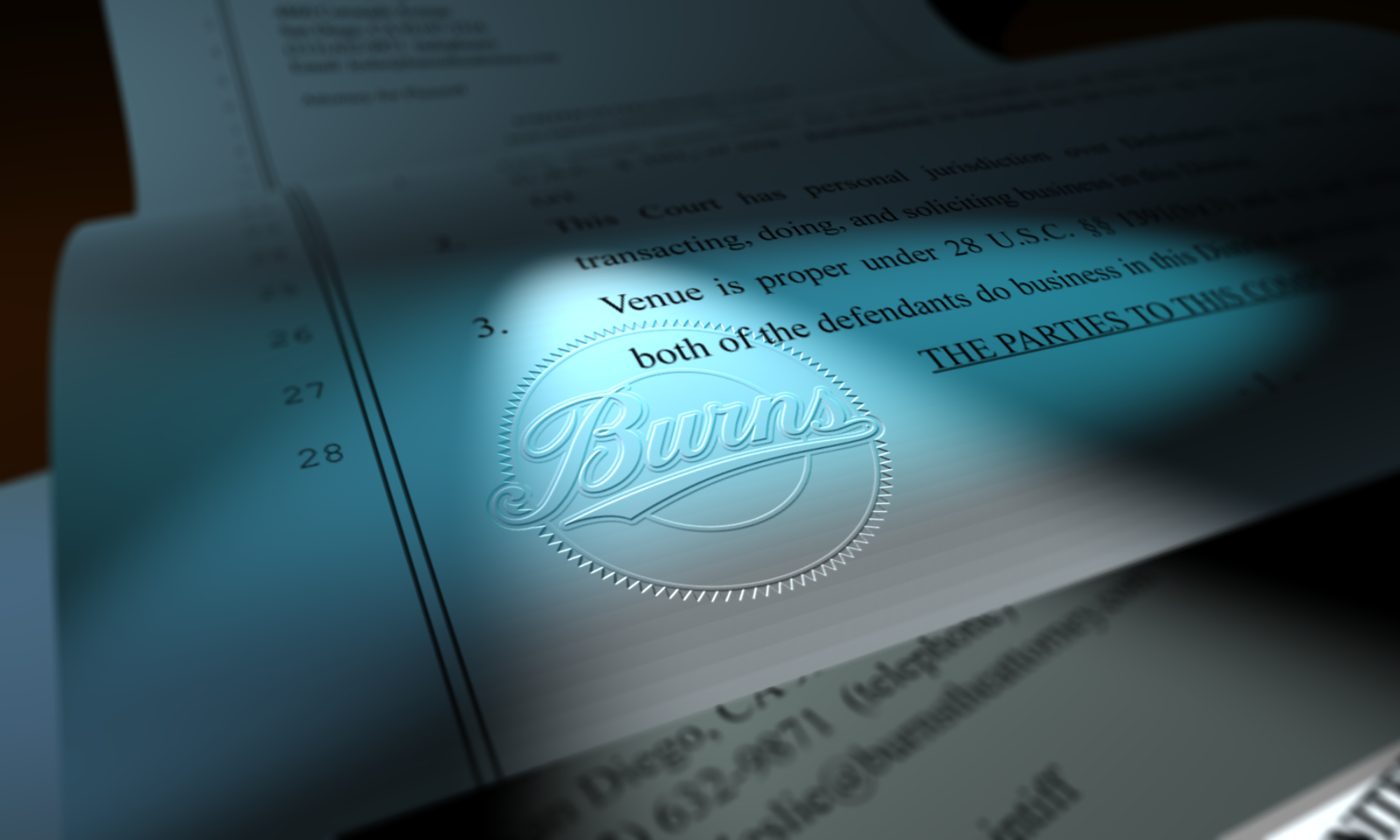How marketing is like dating…
…you can use lots of online tools, but eventually, you have to meet in person.
There are all sort of dating sites out there. Chemistry.com, match.com eharmony.com, and many others (and about a billion “foreign bride” sites that we won’t even address here). Why are there so many? Because people have diverse interests and are attracted to different sites for different reasons (like a friend’s recommendation or the site’s own marketing).
There are even sites like meetup.com or common interest group sites that, while not technically dating sites, provide listings that enable people to connect.
All of these sources are potential places to meet Mr. or Ms. Right. People connect via these tools all the time, and then they exchange emails and maybe IMs. Eventually, there may be a phonecall, but that is fairly rare as most of the communication is done electronically.
Sound familiar? Photographers and photo buyers have lots of online sources now. Just like dating sites, some are more reputable than others (like altpick.com rather than portfolios.com), but even of the reputable ones, there are lots of choices. There are also all sorts of other social networking tools like Twitter and Facebook (FB). Photographers put themselves out there and, although there is NOT the reciprocity exactly like a dating site, buyers are also out there via their own posts on FB or blogs and, of course, they are listed on services like Agency Access.
Both sides want to put their best selves out there. Sometimes, unfortunately, they go too far in the fact spinning… especially on the photographer side. Sure, PhotoBob shot for Microsoft and lists it as a client, but it was a little test piece that ran in Pocatello only. Not a complete lie, but, well, it was in 1994 too.
Same thing happens in dating. We want to put our best “face” out there. Betty Single meets Bob Alone and though emails, etc., she learns that he is a successful businessman and, from his picture, he’s not bad! Bob is intrigued as well when he learns that Betty is a successful banker who describes herself as “active” and “young for her age”– her photo is pretty hot too!
At this point, everything seems to be going well–there is interest on both sides. For photographers, maybe you have exchanged tweets or you know that a certain buyer has clicked through on your e-promos. Great! But eventually you and the buyer, just like Betty and Bob, have to meet. Not just on the phone… in person. Just like them, you aren’t going to get anywhere unless you make a personal connection. Electronics will only take you so far. You can’t get to first base if you don’t get off the bench!
This can be great. You will get more work from people you have met personally than you will from those you have not. Like personal relationships, photographers and buyers have got to build a trust relationship to be successful and that is best done in the real world, face-to-face.
Unfortunately, this can be a nightmare if you’ve over-spun your abilities, work, etc.
Let’s say Betty really is a hot lady and her photo was not altered. Bob, however, has posted an image from about 10 years ago, when he still had a job and before he had the bad comb-over and when could still see his feet just by looking down. When her friend calls Betty’s cell 5 minutes into the date (yes, we do this), Betty will be “suddenly called away by an emergency.” Ahem.
If you have spun too much professionally, if you and your work (and your presentation!) do not match what you have put out there via all those electronic methods, you are going to walk into your buyer meeting and the buyer is going to get a call 5 minutes into the meeting where she will be “suddenly called away by an emergency.” Ahem.
Don’t let this happen to you. Emphasize the positive in your marketing and use those electronic tools, but don’t lie. Put yourself out there on sites where you feel like you are a good fit, not just some place where you think you are supposed to be; send e-promos to targets you think might like your work; build communities on sites like Facebook; share on your blog; but follow it all up by setting up meetings as often as you possibly can. These buyer “dates” will give you your best shot at connecting on the level you need to in order to get work. But you have to be real in all of this to get anywhere.
Being real doesn’t mean being a slob if you really are a slob. Just like dating, dress up for your meeting. Be your best you. Show up prepared and looking great–that includes having a high-quality book and leave-behinds. Consider bringing a small “gift”–like bringing flowers to a date (note, just like a dozen roses are too much on a first date, you can go too far on the gift–think simple, small, maybe a little print). But do work hard to get these meetings. Your payoff for your efforts will be worth it.
